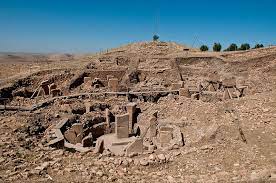
Where Did the Ancient Buildings of Israel Go?
When you visit Israel, you are immediately struck by the fact that almost without exception, every place a Biblical event occurred is now in ruins. And not in partial ruins but ruined as in down to the ground. The only demarcation that anything was once there are foundation stones at ground level. And the majority of them were uncovered in the 19th-20th century by a farmers plow or construction bulldozer. Most of the time a building or a road was under construction when the site was found. This is not to say 2,000 years is not a long time, it certainly is. But many of the buildings and homes were made out of cut stone stacked and mortared together. So at least some should have survived? Especially the sites that the Jews and Christians venerated. So what happened to cause them to all disappear? There are three reasons why these sites no longer exist and they involve time, nature and man.
First, many structures were originally constructed as inexpensively as possible. The walls were made of mud brick and the roofs of wood beams and grass thatching. The wood was always subject to rot and fire and the mud bricks were always being slowly eroded by rain, cold and wind. The upkeep on these structures was continuous and at some point, the owner would take down walls to rebuild from scratch upon the original foundation of stone. A second more durable yet much more expensive way to build was by using cut stacked stone blocks. However, Israel has a major fault line that runs the entire length of the country located directly under the Jordan River. Thus, earthquakes have destroyed many structures over many years.
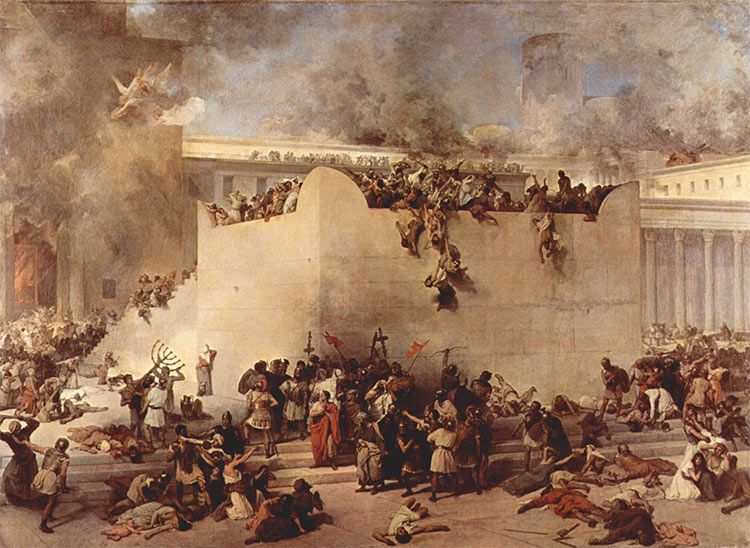
And last but not least, we have intentional destruction my man. Israel has seen more continuous war than any other country in the world. The most destructive war Israel has ever experienced was by the Romans in 70A.D. It was at this time that the citizens of Israel attempted to overthrow a Roman occupation that had been in force for the past 133 years. Rome had long considered the Jews of Israel the most difficult territory and quarrelsome population they had ever ruled over. The revolt of 70A.D. was the last straw. It was decided by Rome that the country was to be made an example of. The countries capitol Jerusalem was to be plundered, burned then completely torn down to the ground. All people who governed, plotted or fought against Rome were to be crucified. This turned out to be 1.1 million Jews. The rest of the population was to be rounded up and sold into slavery. The Jews that escaped death or slavery were forced to disperse into surrounding countries with many traveling as far as Europe. This was known as the Great Diaspora and it would last almost 2,000 years. The Roman army then marched methodically to each and every village, town and city in Israel. There, they completely tore down to the ground every Jewish owned structure. This included all synagogues, stores, civic centers and homes.
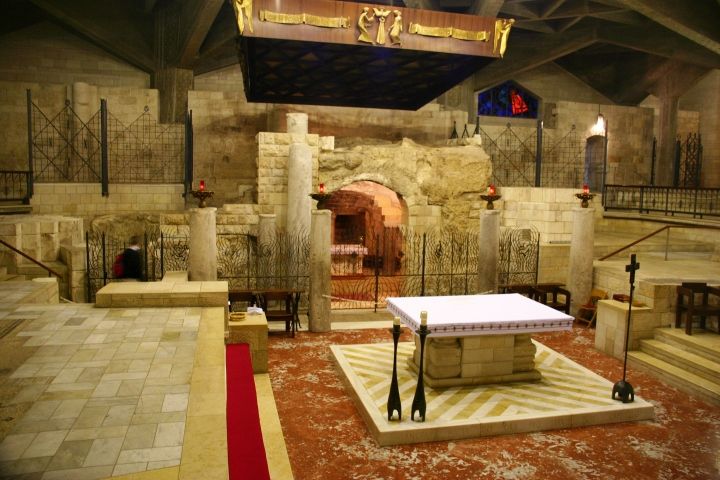
The only historic sites that survived this destruction were those which were literally carved out of the area’s soft limestone. These sites include the childhood home of Mary and the home of Joseph as both were dug out of rock. Stacked stone was used to create walls for inner rooms.
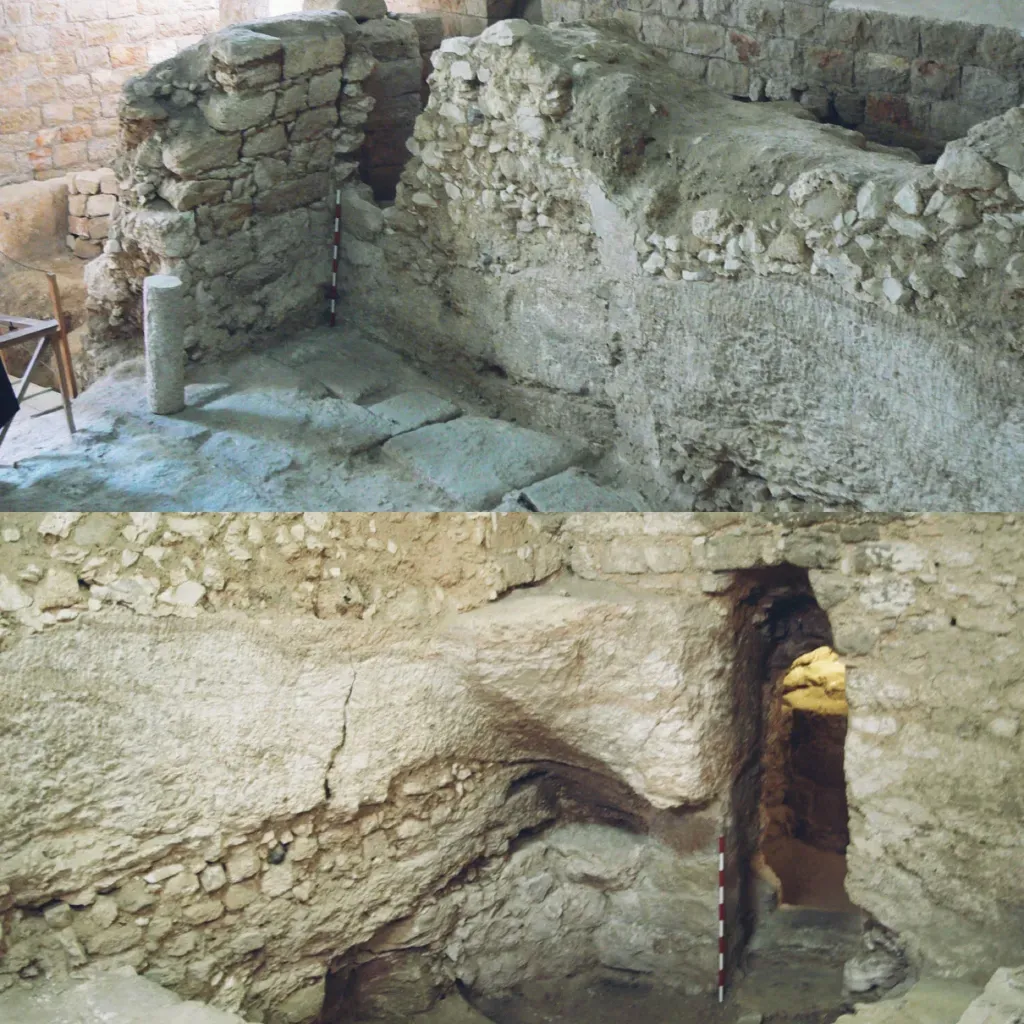
Also carved out of rock was the cave that housed the stable where Jesus was born, the rock plateau of Golgotha where Jesus was crucified and the tomb of Joseph of Arimathea where Jesus’ body rested for 3 days. Please see related: “Jesus in Tomb 3 Days and 3 Nights” And even these sites where in some ways desecrated through ill-conceived methods used to enshrine them. The architects employed by Helena, the mother of Emperor Constantine, decided that the best way to publicly exhibit a site was to literally remove any obstruction so as to make the focal point completely visible from every angle.
For example, they took the tomb of Jesus and cut away all the stone cave that surrounded the pedestal or shelf where His body laid for three days. Then they installed marble flooring around the pedestal and extended it all the way to the back walls of the cathedral. Then they built a large dome over the entire area. The thinking was that pilgrims could now simply walk into the cathedral and clearly see the pedestal sitting up dead center of the large open expanse of marble. The historic and archeological integrity of this, and other sites, was completely compromised even though these acts of destruction were performed at great expense and with the best of intentions. This is not remotely the way a site of historical importance would be treated today.
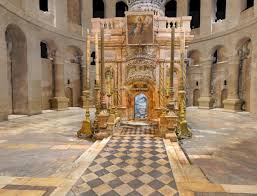
In 1810, a small marble shrine called the Edicule was built to surround the pedestal in an effort to create a more intimated space in which to view this revered body pedestal.
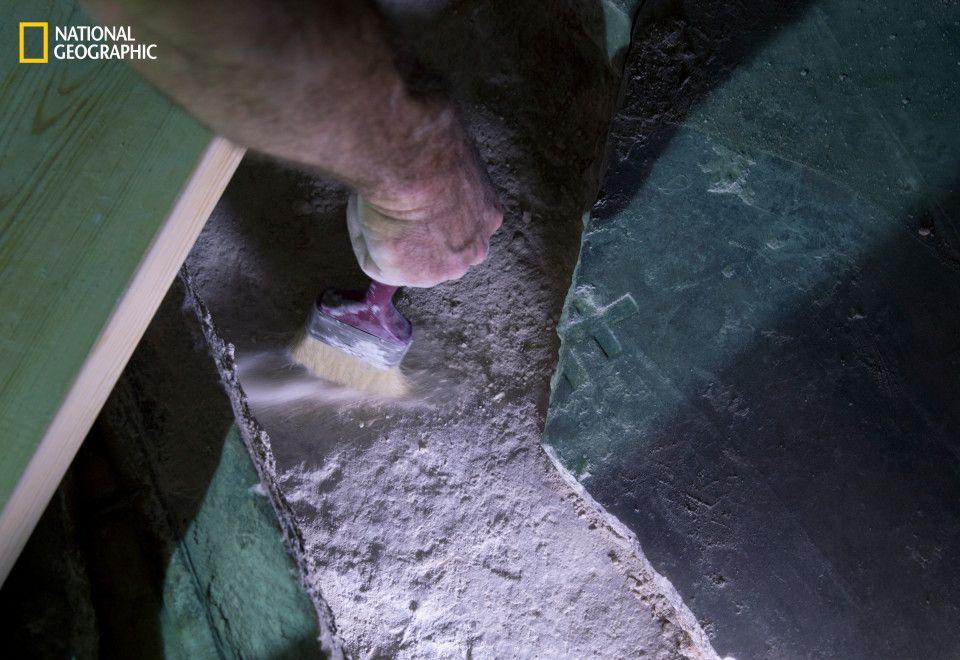
During a renovation on the Edicule in 2016, it was discovered that a small portion of the original tomb cave wall was left as a way to help support the pedestal. And it was also discovered that two separate slabs of concrete were resting on top of the actual pedestal. When the first slab was lifted off, it revealed a second slab with the impression of a cross that was the seal of the Knights Templar. When that slab was removed it revealed the original surface of the limestone pedestal where Jesus’ body actually rested. Directly adjacent to the Edicule is the hill of Golgotha {Calvary}. Please see related: "Golgotha". The stone of this hill can be seen through a glass panel as one climbs steps to view the hole that supported the cross of Jesus (NPR.Org, Tomb of Jesus Restored in Jerusalem).
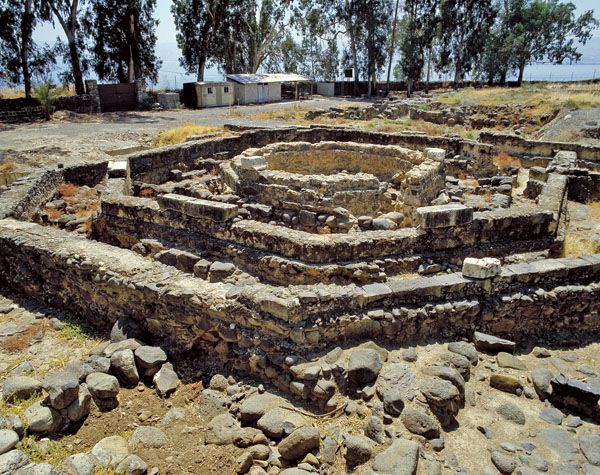
The stone foundations of homes and buildings are all that are left of most historic sites. Many have been restored to heights of three or four feet by teams of archeologists. They have taken the stones found adjacent to the structures and restacked them back onto the existing foundations. But sadly, most of the stones have been removed from the sites over the past 2,000 years by the people of the areas. Free cut stone blocks are a very valuable resource used in building houses and other construction projects. What we might call an example of ancient recycling.
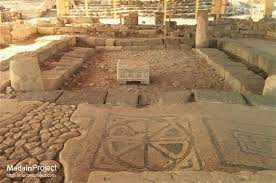
On a closing note, while touring Israel I stayed in a hotel built directly adjacent to the newly excavated city of Magdala. In fact, the ruins were discovered while digging the foundation for the hotel which then had to be slightly relocated. Among the ruins, archeologists discovered a synagogue in use during the ministry of Jesus. This synagogue would have been visited many time by Jesus who would have preached there as Magdala is located only six miles from Jesus' home in Capernaum (Matthew 4:23). Archeologist had taken the few remaining stone building blocks found adjacent to the foundation and put them back in place. The foundation walls now sit up approximately three to four feet from ground level. There is a three foot break in the foundation where the synagogue's door was once located. The original stone doorsill was still in place. While this ruin could initially be seen as less than spectacular, consider this. As I approached the doorway of this ruin, I looked down at a lone unassuming stone that was once the doorsill to this synagogue. It occurred to me that since Jesus taught in this Synagogue, He would have actually stood on this very stone each time he went into and out of this building. I slowly walked up and stood on this stone realizing that I was literally standing in the footsteps of Christ. Thus, this lowly ruin had given me an exhilarating experience I will never forget.
If you enjoy the information provided on this site, please consider making a donation of any amount to help continue its production. Donate Now